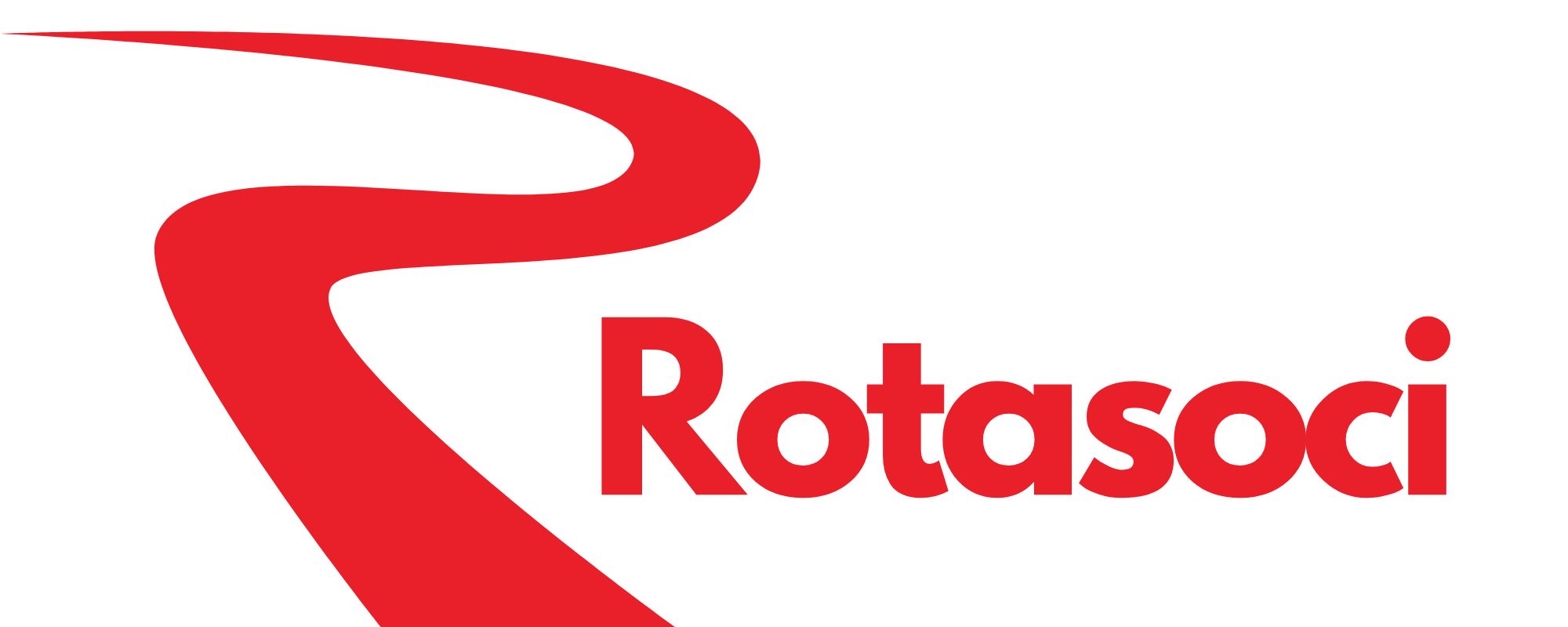Boom, Bust, and Rebirth: Analyzing the Economic Cycles That Shape Our Communities

Economic cycles of boom, bust, and rebirth have shaped communities across history, affecting everything from job markets to local businesses and public services. These cycles are influenced by factors like market speculation, technological changes, and policy decisions, which drive economies through phases of growth, contraction, and recovery.

During boom phases, communities often experience increased employment and spending. The prosperity leads to the creation of businesses, infrastructure development, and improved public services. However, as booms grow, they can lead to excessive optimism and unsustainable growth, often resulting in economic bubbles that eventually burst.

The bust phase that follows brings economic downturns and reduced spending, leading to job losses and business closures. Communities feel these effects deeply, as reduced incomes and tightened budgets create widespread financial strain. However, this phase can also serve as a period of reflection, where inefficiencies are addressed, and new priorities are set.

Rebirth, the final phase, brings renewed focus and restructuring as communities begin to recover. Innovations emerge to meet evolving needs, and investments often flow into industries that promise greater sustainability. Through these cycles, communities are transformed, learning from past mistakes and adapting to meet future demands.

Economic cycles are a natural part of economic life, driving communities to adapt and evolve. By understanding the dynamics of boom, bust, and rebirth, communities can better navigate these fluctuations, preparing for future growth with greater resilience.
